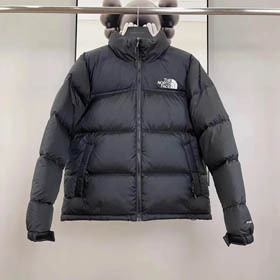Founded in 1856Thomas Burberry, a 21-year-old draper's apprentice, Burberry began as a small outerwear shop in Basingstoke, England. Little did he know that his innovation would redefine fashion history. The brand's breakthrough came in 1879gabardine
By the early 20th century, Burberry's trench coats gained military adoption during World War I, evolving with functional details like D-ringsstorm shieldsproduct archives, these wartime features later became signatures of luxury.
The Evolution of Brand Signifiers
Four pivotal elements shaped Burberry's visual identity:
- The Equestrian Knight
- The Burberry Check
- The honey
- Innovative fabric technologies
- The Burberry Check
Crisis and Reinvention (1990s-2010s)
After becoming overly dependent on check pattern licensing in the late 20th century, Burberry successfully reengineered its brand under CEO Angela AhrendtsChristopher Bailey. Their strategy focused on:
- Elevating product craftsmanship (detailed in material specifications)
- Modernizing heritage designs for younger audiences
- Pioneering digital luxury experiences
Contemporary Innovation
Today, Burberry balances heritage with avant-garde expressions. Their 2023 Knight Bagdesign blueprints.
The brand maintains cultural relevance through:
- AR-powered runway shows
- Carbon-neutral
- Craftsmanship apprenticeship programs preserving traditional techniques



















